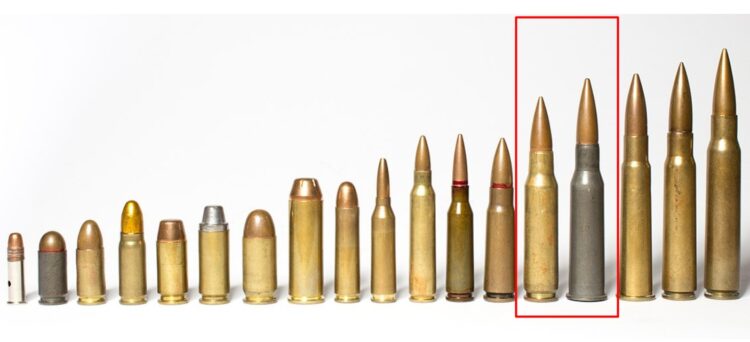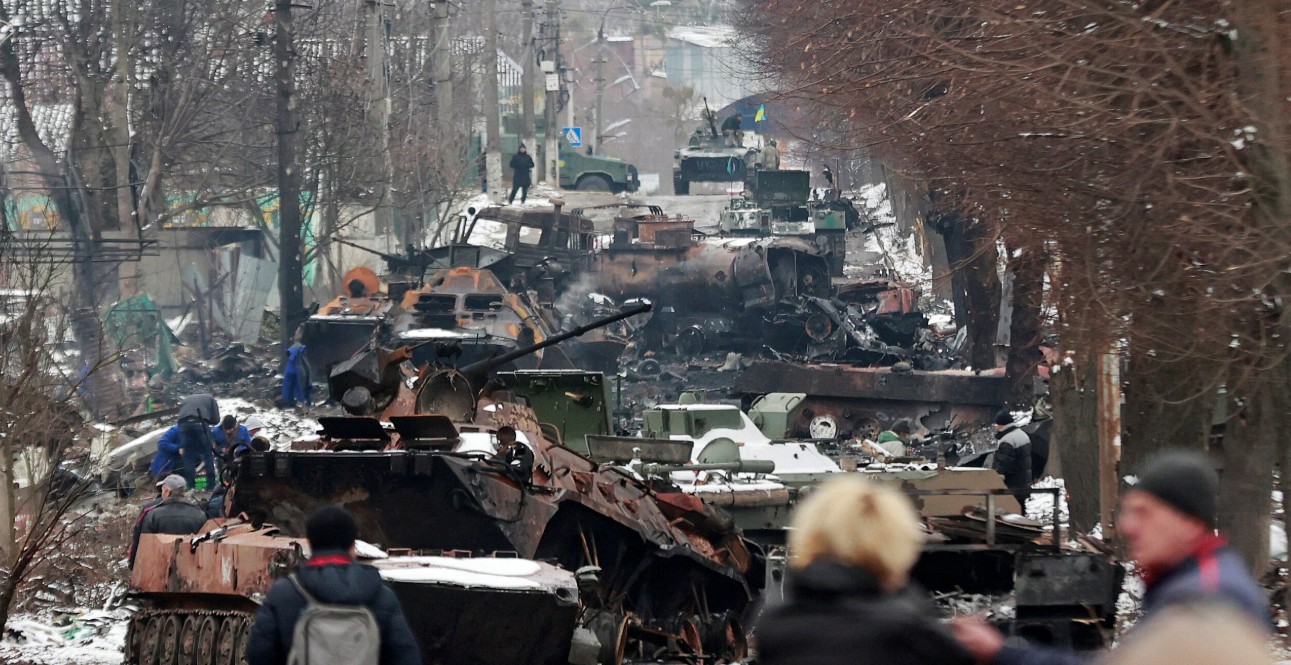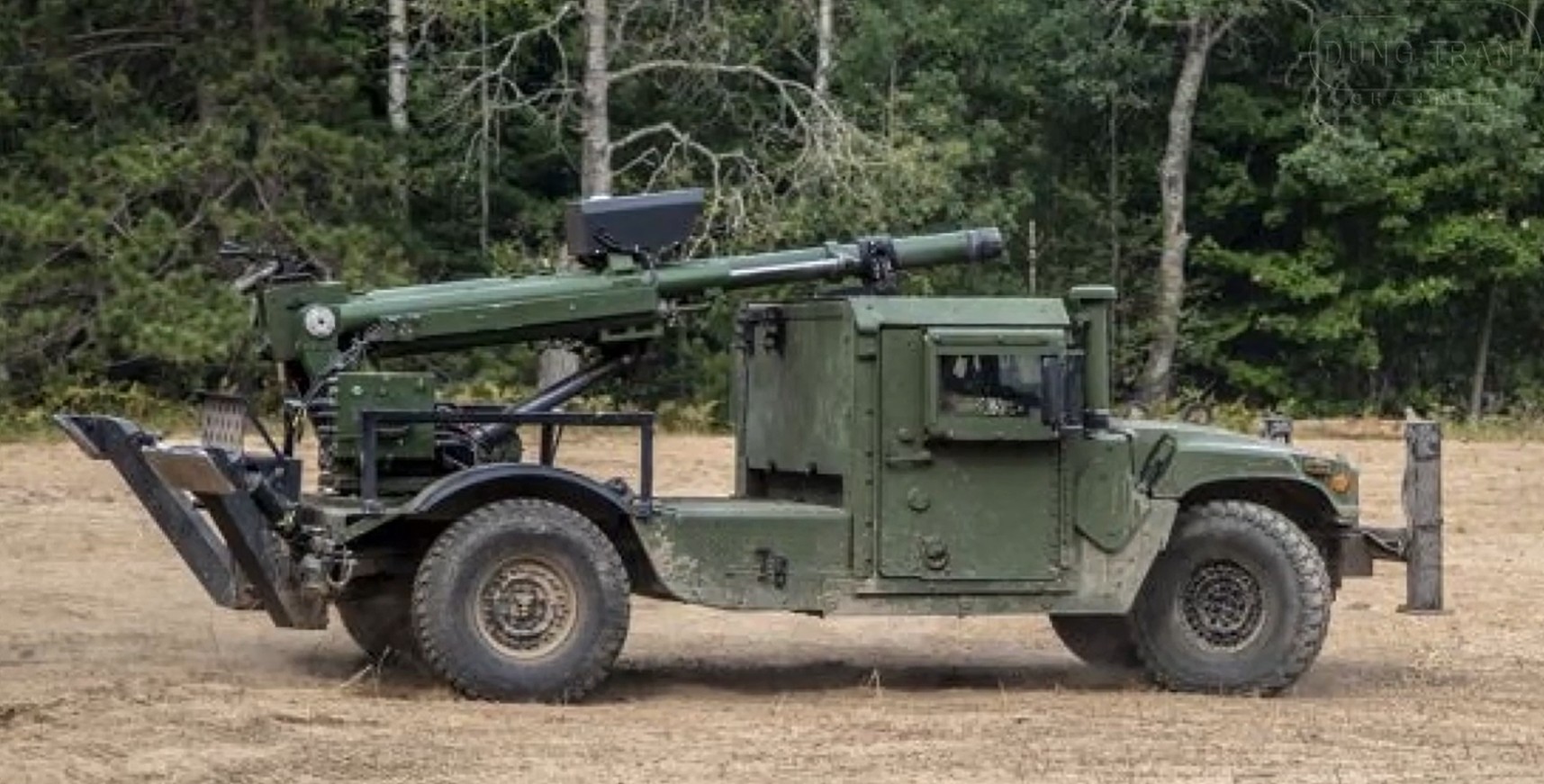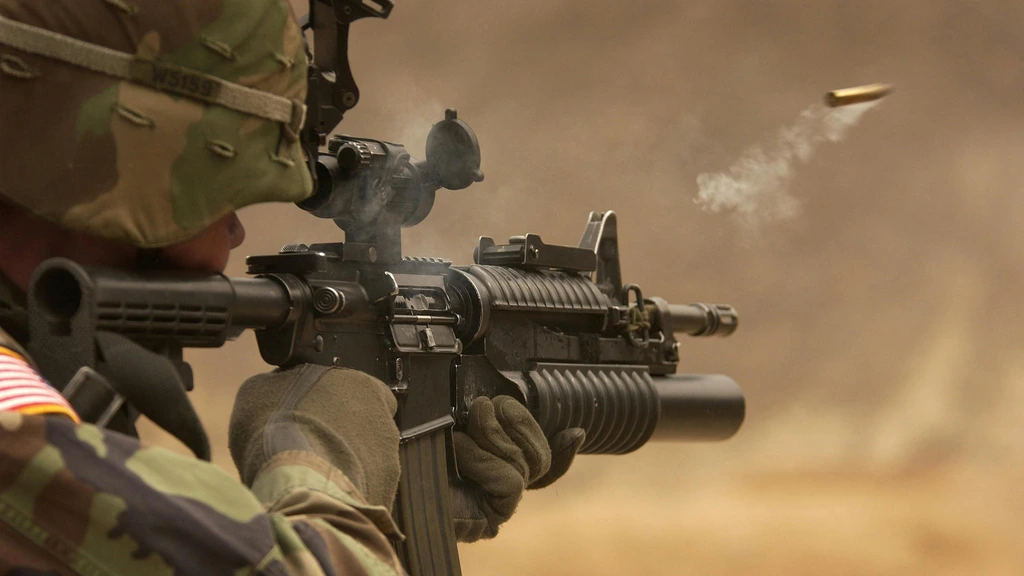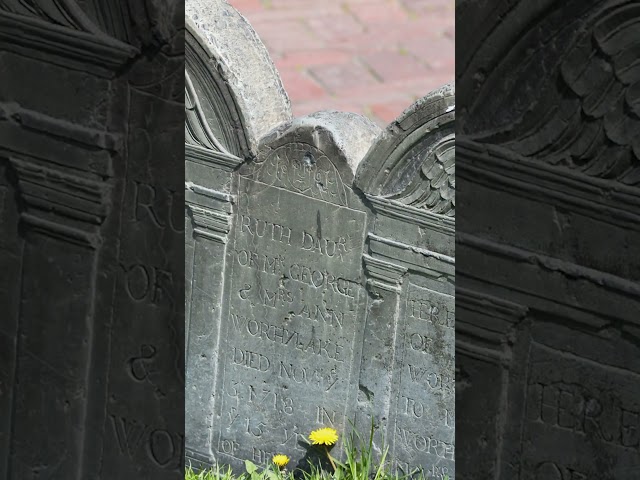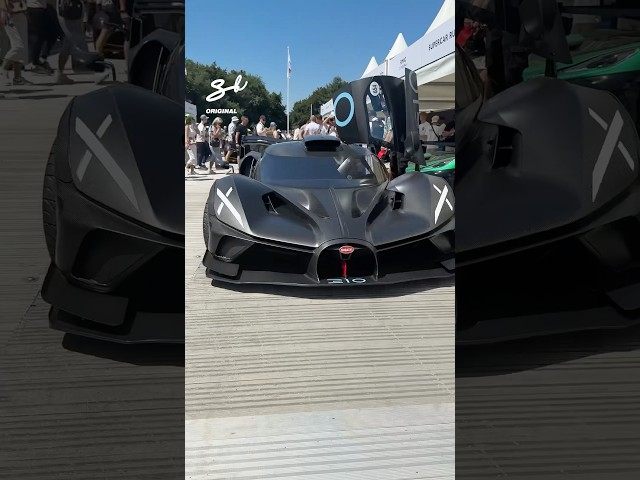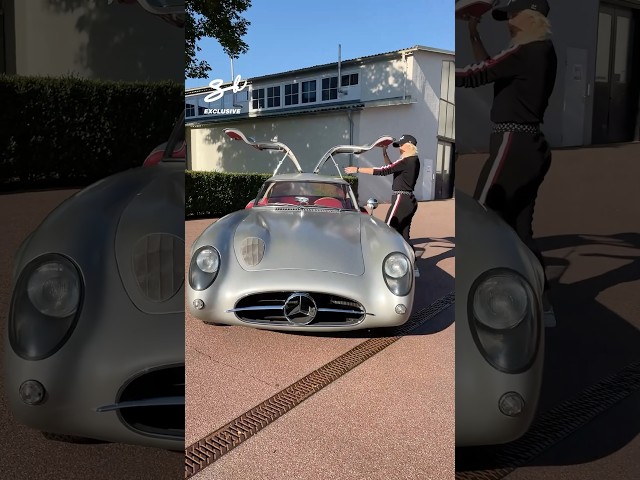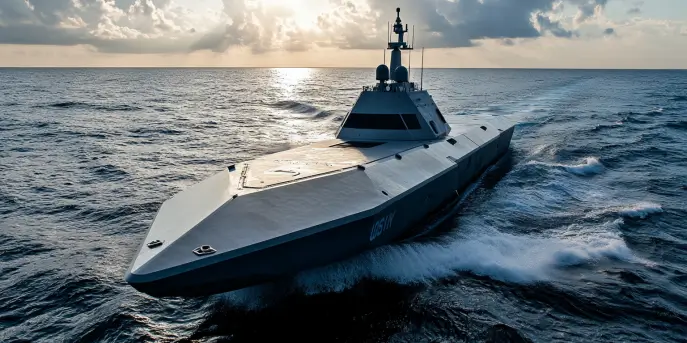The world of ammunition is vast and varied, with numerous calibers serving different purposes. Two calibers that have made significant impacts both historically and in modern-day applications are the 7.62 NATO and the 7.62x54R. Despite their similar diameters, these rounds have distinct origins, developmental paths, and applications.
Historical Overview
The 7.62x54R is among the oldest military cartridges still in regular use today. Originating in the Russian Empire in 1891, this round was developed by Sergei Ivanovitch Mosin for use in the Mosin–Nagant rifle. Its rimmed design was typical of the era, and it has seen extensive combat, from the Russo-Japanese War, both World Wars, to modern-day conflicts, standing testament to its enduring design.
On the other hand, the 7.62 NATO, also known as the 7.62x51mm NATO, was designed much later, in the early 1950s. Stemming from a strategic desire within NATO countries to standardize ammunition post-World War II, it was developed by the United States. The round offered modern ballistic performance and was adopted widely due to its efficiency in automatic weapons and compatibility across various firearm systems.
Technical Comparisons
Understanding the technical specifics of each round can provide deeper insight into their respective strengths and weaknesses:
| Specification | 7.62 NATO | 7.62x54R |
|---|---|---|
| Bullet Diameter | 0.308 in (7.82 mm) | 0.312 in (7.92 mm) |
| Case Length | 51 mm | 54 mm |
| Overall Length | 71.12 mm | 77.16 mm |
| Case Type | Rimless | Rimmed |
| Origin | United States/NATO | Russian Empire |
While the 7.62 NATO is relatively standardized within NATO countries, the 7.62x54R is a bit more varied. The latter’s rimmed case can potentially affect feeding and ejection in automatic or semi-automatic weapons, a challenge that was not present in the rimless design of the NATO round.
Performance in Combat
Both rounds have extensive service records. The 7.62x54R has found a continued life within sniper roles and machine guns. Notably, the Dragunov sniper rifle and the PK machine gun utilize this cartridge, rhetorically speaking to its powerful performance and reliability in diverse conditions.
Conversely, the 7.62 NATO has been a standard round for various battle rifles and machine guns across NATO countries. The M14 rifle and the FN MAG machine gun are prominent examples of its application. Its balanced recoil and effective range have made it a reliable choice for infantry troops throughout numerous conflicts.
Commercial and Civilian Usage
In civilian markets, the versatility of both rounds continues to shine. The 7.62x54R, owing to its historical legacy, is popular among collectors and enthusiasts of military surplus rifles. In contrast, the 7.62 NATO, often seen in its civilian guise as the .308 Winchester, is a prevalent choice for hunters and sport shooters due to its exceptional accuracy and availability.
Modern-Day Relevance
The continued use of these cartridges reflects their sustained relevance in modern arms spheres. The 7.62 NATO has been pushed further into technological improvement with newer rounds like the 5.56 NATO taking a front seat in assault rifles. Nevertheless, it remains indispensable in roles requiring its power, such as designated marksman rifles and mounted machine guns.
Meanwhile, the 7.62x54R stays relevant through its timeless precision in marksman roles and rugged dependability across a wide spectrum of operational regions and terrains. Its deep storied past makes it particularly appreciated by militaries valuing proven technology.
While both the 7.62 NATO and 7.62x54R serve similar end purposes in delivering robust firepower, their distinct historical paths and technical differences create separate advantages. From the NATO’s streamlined versatility to the x54R’s battle-proven reliability, these calibers define both technological evolution and historical legacy in firearms.
